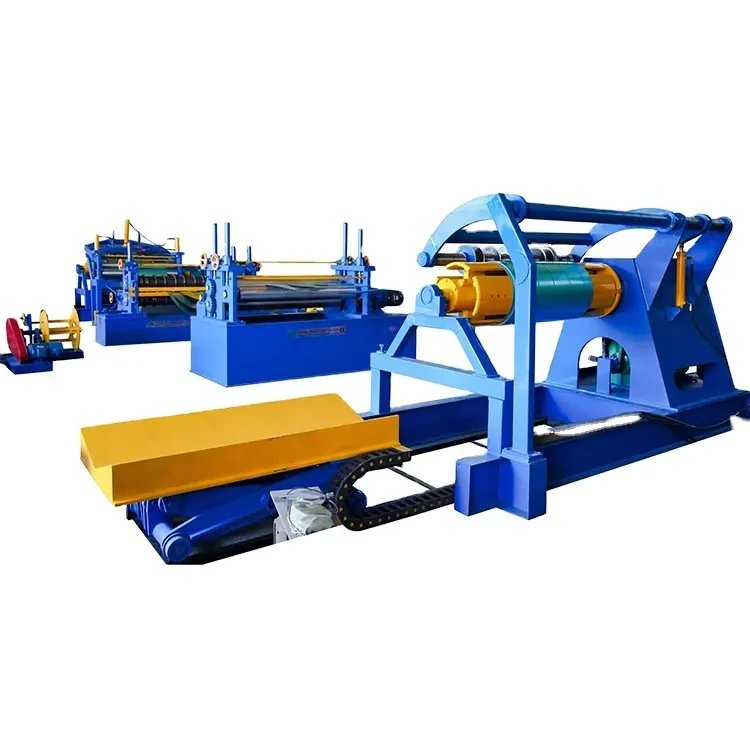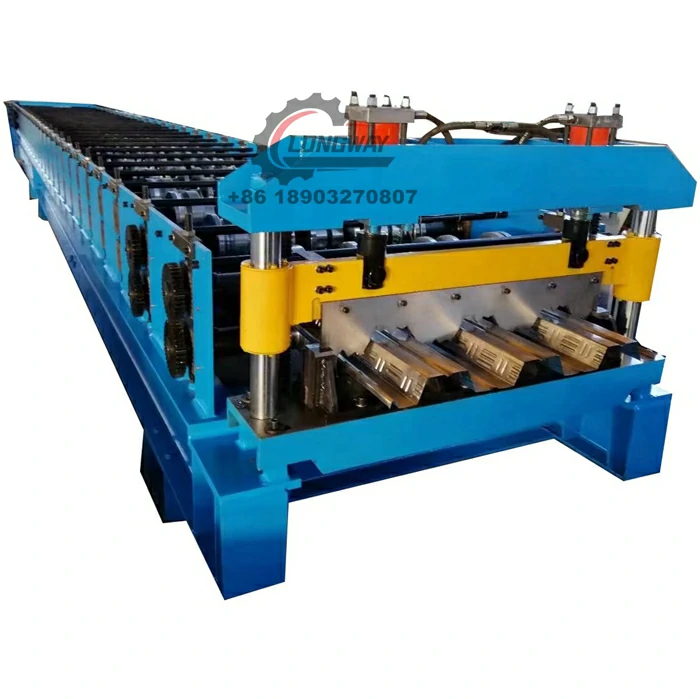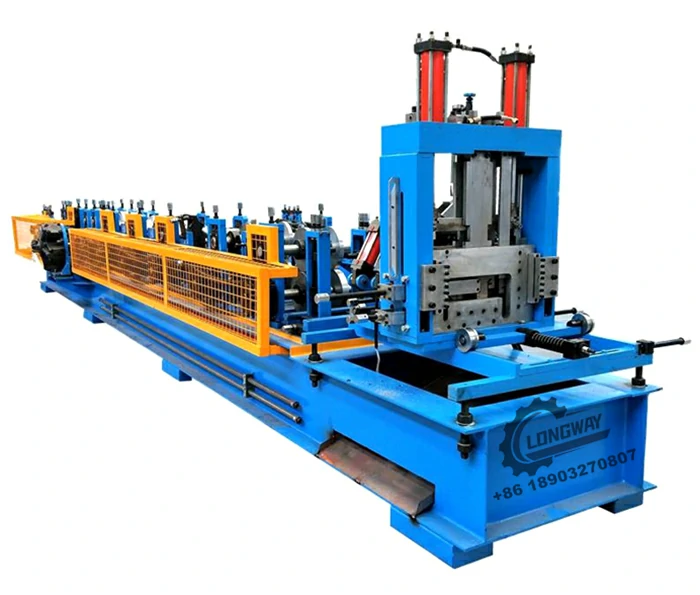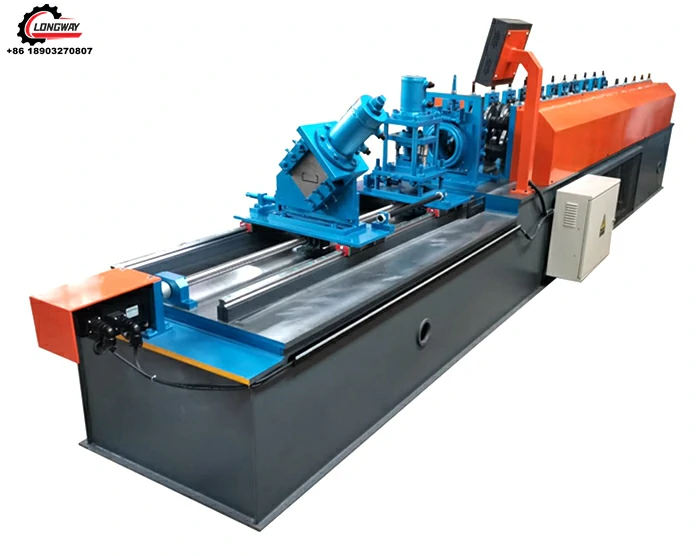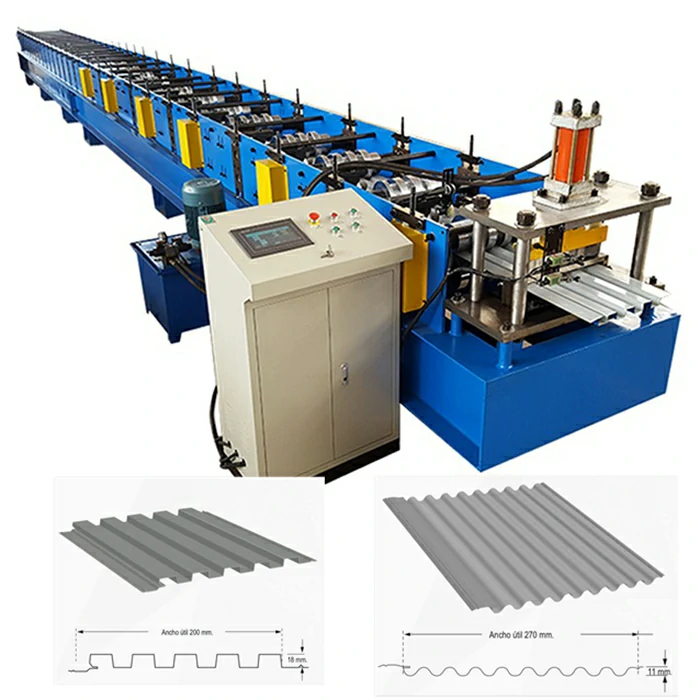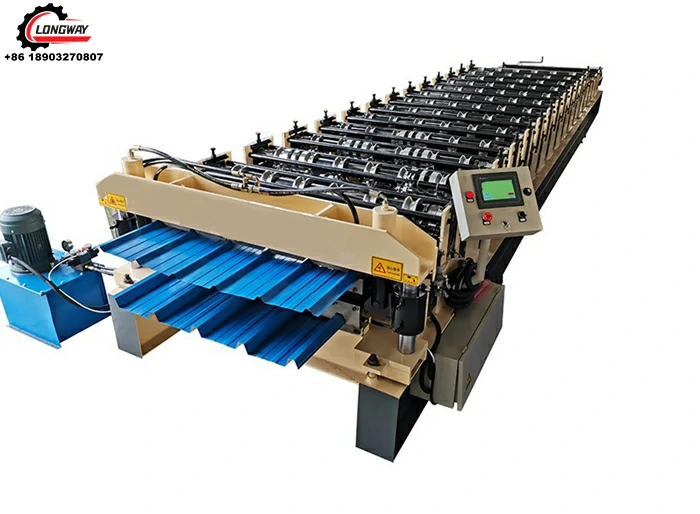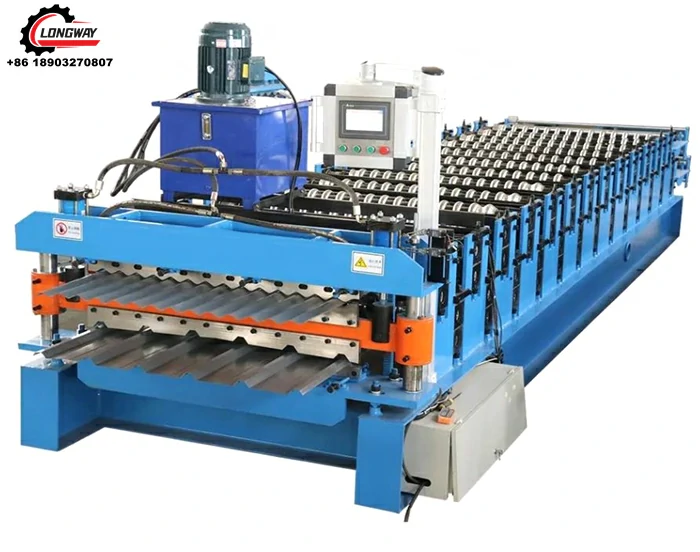Discover the Benefits & Applications of Small Roll Forming Machines
Unlocking the Potential of the Small Roll Forming Machine: An Industry Essential
Small roll forming machines might sound like a niche industrial tool, but their impact — globally and across industries — is surprisingly broad. In essence, these compact yet mighty machines shape metal coils into finished profiles used everywhere, from construction frameworks to automotive parts. Understanding their benefits can save costs, boost sustainability efforts, and empower manufacturers with flexibility.
Global Context: Why Small Roll Forming Machines Matter Today
Globally, the manufacturing sector is evolving rapidly, driven by tighter resource constraints and demand for customized products — all at a faster pace. According to the International Organization for Standardization (ISO), green manufacturing growth increased by roughly 5% annually over the past decade, emphasizing sustainability in production.1 Small roll forming machines answer this call by using less energy and material waste compared to conventional methods. But there’s more than just eco-friendliness at play: they address pressing industrial challenges such as:
- Space constraints in small workshops or urban factories
- Need for rapid prototyping and flexible production runs
- Cost pressures to minimize capital investment
- Demand for high-precision, consistent metal parts
Frankly, these benefits are transforming how industries from automotive to construction rethink metal forming, making the small roll forming machine a quietly pivotal innovation.
What Is a Small Roll Forming Machine?
At its core, a small roll forming machine is a compact mechanical device that progressively bends a sheet or coil of metal through a series of rollers to achieve a desired cross-sectional profile. Think of it as a metal-shaping assembly line, but squeezed into a smaller footprint. Unlike large industrial roll formers, these machines are designed for low-to-medium volume runs but don’t skimp on precision or durability.
In humanitarian contexts, they’re also invaluable. For instance, in disaster-hit areas needing quick construction of shelters or infrastructure, the small roll forming machine enables local production of structural components, reducing reliance on lengthy supply chains. It’s a bit like giving communities the power to build their own futures.
Key Features of Small Roll Forming Machines
1. Durability and Material Compatibility
Though compact, these machines handle a wide variety of metals — from galvanized steel to aluminum and even copper. Many engineers note that durable craftsmanship allows continuous operation in challenging environments, which is vital for remote or harsh industrial zones.
2. Scalability and Customization
Small roll forming machines offer modular designs where tooling can be swapped or adjusted quickly. This means you can scale production up or down without heavy reconfiguration. A small roll forming machine could produce personalized profiles for architectural panels one day, and rugged automotive trims the next.
3. Energy Efficiency
Compared to traditional metal forming, these machines consume significantly less power, often supplemented by energy-saving motors and automated controls. This contributes not only to lower operational costs but aligns with global sustainability goals.
4. Cost Efficiency and Space Savings
The smaller footprint translates to reduced factory space and often lower initial investment than large roll formers. For emerging markets or startups, this means accessible manufacturing without sacrificing quality.
5. Ease of Operation and Maintenance
Modern small roll forming machines come with user-friendly interfaces and require minimal specialized training. Maintenance downtime is reduced, keeping production lines humming.
Product Specifications: Typical Small Roll Forming Machine
| Specification | Typical Details |
|---|---|
| Material Thickness Range | 0.2 mm – 3.0 mm |
| Max Forming Speed | 8 – 15 m/min |
| Number of Roll Stands | 10 – 20 |
| Power Supply | 3-phase 220V / 380V |
| Machine Size (L × W × H) | 5 × 1.2 × 1.5 m |
| Weight | 1,500 kg – 3,000 kg |
Mini takeaway: Small roll forming machines pack quite a bit of capability in a tidy package, balancing versatility and power.
Who Are the Major Players? A Vendor Comparison
| Vendor | Product Range | Customization Options | Lead Time | Price Range |
|---|---|---|---|---|
| LW Roll Forming | Small to Medium Roll Formers | High – Tooling & Automation | 4–8 weeks | $$$ |
| FormTech Inc. | Small Roll Formers | Medium – Modular Designs | 6–10 weeks | $$ |
| Global Roll Systems | Wide Industrial Line | Low – Standard Models | 3–5 weeks | $$$ |
Global Applications & Real-World Use Cases
Small roll forming machines shine in versatile contexts. In Southeast Asia’s expanding manufacturing hubs, compact units enable small businesses to carve out niche markets, producing custom metal furniture parts or roofing sheets. Interestingly, NGOs have also started deploying these machines in post-disaster zones, such as in the Philippines after typhoons, to locally produce durable building components — cutting delays and import costs drastically.
In Europe, where space and sustainability regulations are strict, these machines allow manufacturers to optimize floor layouts, powering just-in-time production methods without a large ecological footprint. Even in colder climates like Canada or Scandinavia, small roll formers produce insulated panel frames used in modern, energy-efficient buildings.
Mini takeaway: Whether it’s a startup in Indonesia or relief workers in Haiti, the small roll forming machine delivers tangible value across geographies.
Advantages and Long-Term Value
- Cost savings: Lower energy use and reduced material waste mean better profit margins.
- Sustainability: The machines support eco-friendly manufacturing aligned with global goals (UN’s SDG 9: Industry, Innovation and Infrastructure2).
- Reliability: Small roll forming machines often require less maintenance, ensuring uptime when it counts.
- Social Impact: Empowering smaller manufacturers and communities fosters economic resilience.
It’s odd but true: investing in a small roll forming machine can feel like planting a seed of innovation, sustainability, and trust that reverberates long after metal is bent.
Future Trends & Innovations to Watch
The march towards Industry 4.0 doesn’t skip these machines. Expect increased digital integration, such as IoT sensors for predictive maintenance or AI-driven quality control systems. Some innovators also experiment with green power options — solar-assisted models that could operate off-grid in remote areas. Material advancements, like composite coatings or hybrid metals, are pushing roll forming capabilities into new territory, while automation is improving cycle times and repeatability.
Challenges & Smart Solutions
Small roll forming machines aren’t perfect. Limitations include:
- Material restrictions: Certain thick or very hard metals can challenge smaller machines.
- Scale constraints: Large-batch production often requires bigger equipment.
- Training gaps: Operators sometimes need better training to maximize machine potential.
But solutions abound: versatile tooling designs, hybrid manufacturing setups (combining roll forming with stamping), and remote training platforms are emerging to close these gaps.
FAQ: Small Roll Forming Machines
- Q: What industries benefit most from small roll forming machines?
- A: Industries like construction, automotive, appliance manufacturing, and even humanitarian organizations producing shelter components benefit due to the machines’ flexibility and cost-effectiveness.
- Q: How easy is it to operate these machines for newcomers?
- A: Modern small roll forming machines often feature intuitive controls and come with training, making them accessible to operators without in-depth prior experience, although some metal-forming basics help.
- Q: Can these machines accommodate custom profiles?
- A: Absolutely. Tooling sets can be customized or swapped to produce a wide range of profiles tailored to different projects or clients.
- Q: Are small roll forming machines energy efficient?
- A: Yes, they generally consume less energy than large-scale equipment, contributing to lower operating costs and a smaller environmental footprint.
- Q: Is maintenance costly or frequent?
- A: Routine maintenance is relatively straightforward and infrequent with quality machines, especially if operators follow recommended schedules and procedures.
Conclusion: Why Invest in a Small Roll Forming Machine?
When you consider the balance of cost, agility, and sustainability, a small roll forming machine emerges as a wise investment for manufacturers aiming to stay nimble and eco-conscious. It’s not just about shaping metal — it’s about shaping a more efficient, responsible future.
If you’re looking to explore options or get technical specs tailored to your needs, don’t hesitate to visit our website. The future of compact metal forming awaits.
References:
-
Corrugated iron roofing sheet making machine with CE, AutoNewsNov.17, 2025
-
3mm Steel C U Channel Roll Forming Machine, Heavy DutyNewsNov.17, 2025
-
Calamima Micro Ondulada corrugated roof sheet machine - CNCNewsNov.17, 2025
-
Metal Roofing Roll Former for Sale Companies - Fast, PreciseNewsNov.17, 2025
-
Drywall Steel L Angle Bar forming machine | Fast, PreciseNewsNov.17, 2025
-
Corrugated Iron Roofing Sheet Making Machine, Fast & DurableNewsNov.11, 2025
-
Corrugated Metal Roofing Machine | High-Speed, Precise, CENewsNov.11, 2025
